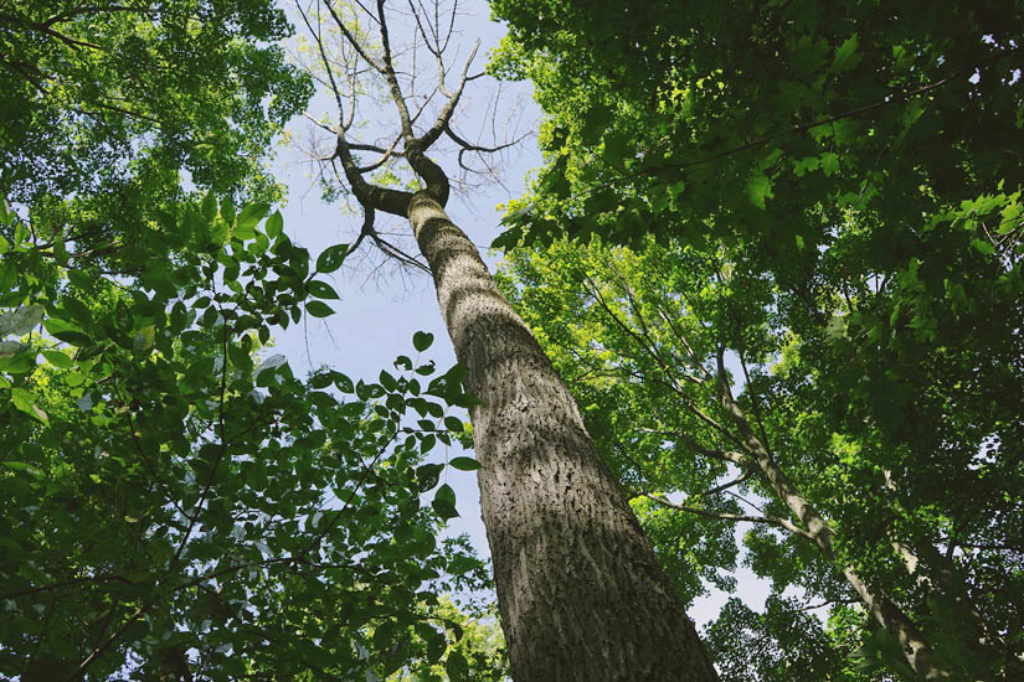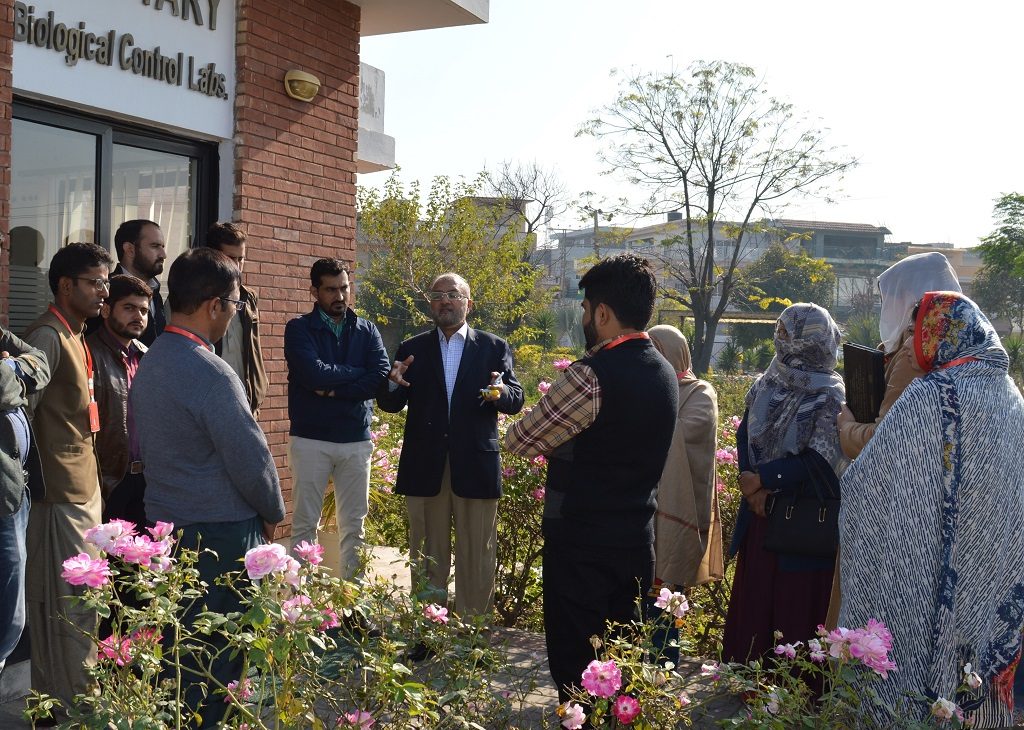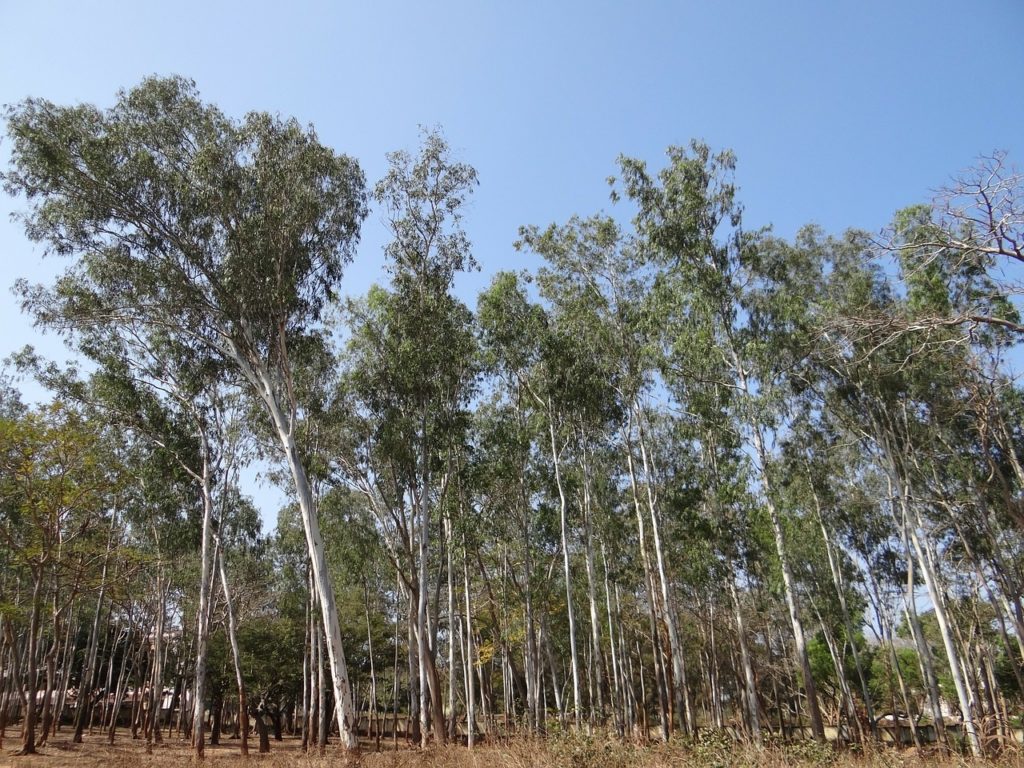Dogs can sniff out huanglongbing months before symptoms appear
Study finds that using dogs to survey for citrus greening disease is more accurate and efficient than current methods. Huanglongbing, or citrus greening disease, is a bacterial disease of citrus plants cause by Candidatus Liberibacter spp. It is thought to have been primarily an insect endophyte, but made the jump to its alternative host – citrus plants…
European ash trees resist devastating insect pest
Ash trees may be more prepared to face invasive threats than previously realised. The European ash (Fraxinus excelsior) is a common site in towns, forests and parkland across the United Kingdom. Since the 1990s, ash trees across Europe have been devastated by ash dieback, a disease caused by the fungal pathogen (Hymenoscyphus fraxineus), which has…
Learning about the commercial aspects of biological control to combat pests and new invasive threats in Pakistan
Biological control is a key element of an integrated pest management strategy. Not only is it environmentally safe but it is also important for sustainable crop production. Among various biocontrol methods, increasing the presence of natural enemies is an effective substitute when they are not sufficiently abundant or effective.
New policy brief highlights the unintended consequences of projects that promote invasive alien woody plants
A new policy brief has been published providing recommendations to support decision making about funding for projects that aim to introduce new, or promote established alien woody plant species.
Red and grey squirrel genomes could hold the key to the survival of reds in Britain and Ireland
New hope for the preservation of red squirrels in Britain and Ireland is on the horizon, after the completion of the red and grey squirrel reference genomes by scientists at the Wellcome Sanger Institute and their collaborators. The genomes may hold clues to why grey squirrels are immune to squirrel pox, a disease that is…
Redistribution of Zygogramma bicolorata to control Parthenium in Faisalabad
Parthenium weed (Parthenium hysterophorus) is a serious problem in wastelands throughout Pakistan and so far, no single method alone has proven effective in its management. Among the various causes of its rapid spread in Pakistan, lack of natural enemies or presence of a natural enemy in a specific part of the country is perhaps the…










